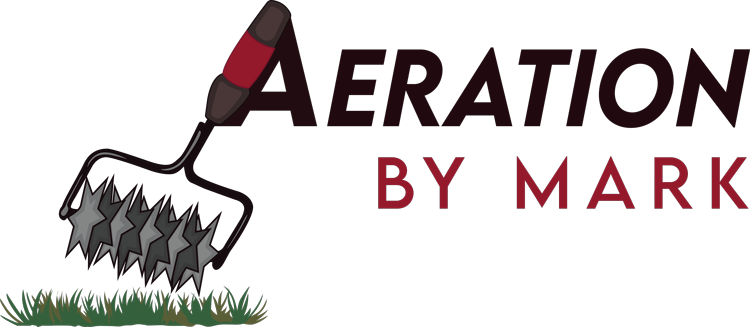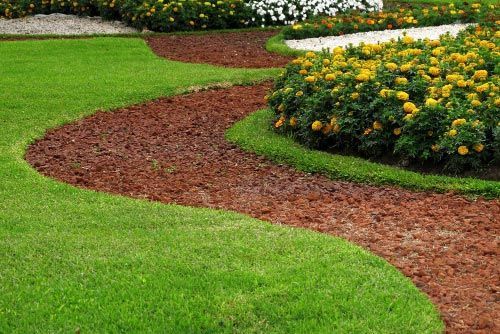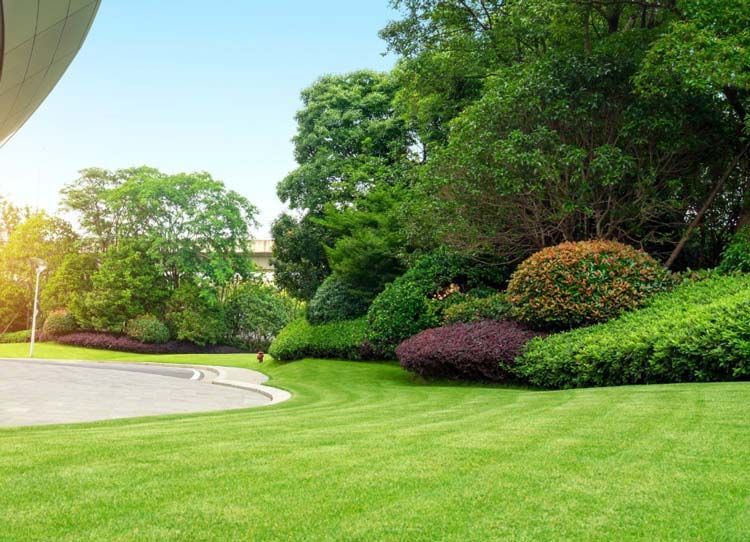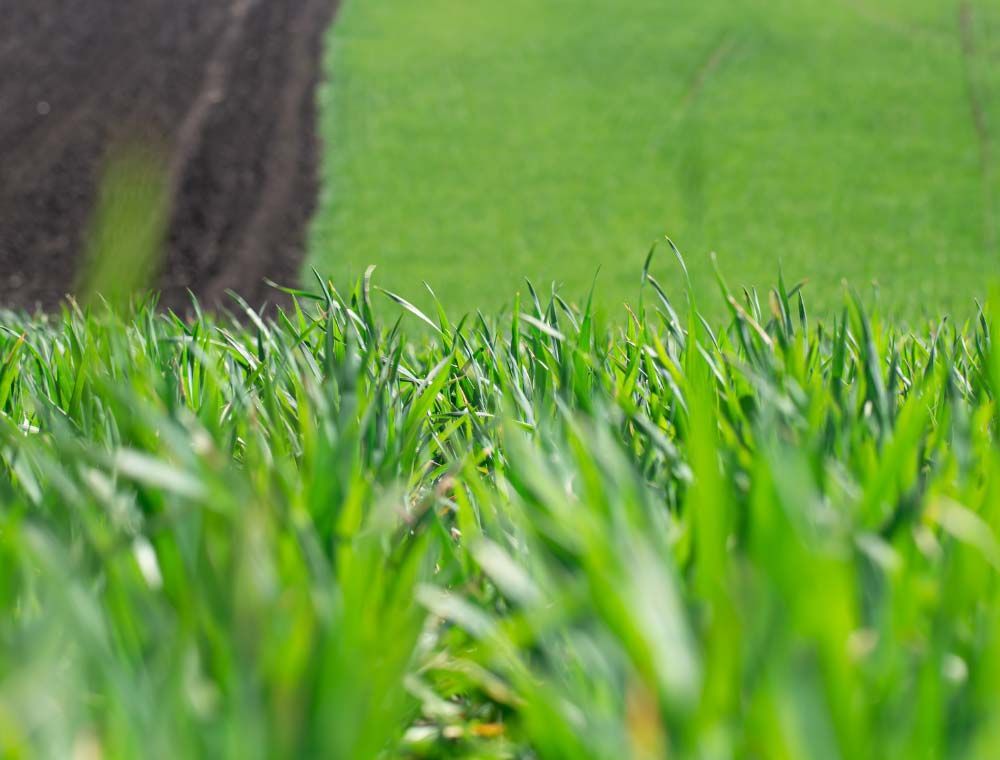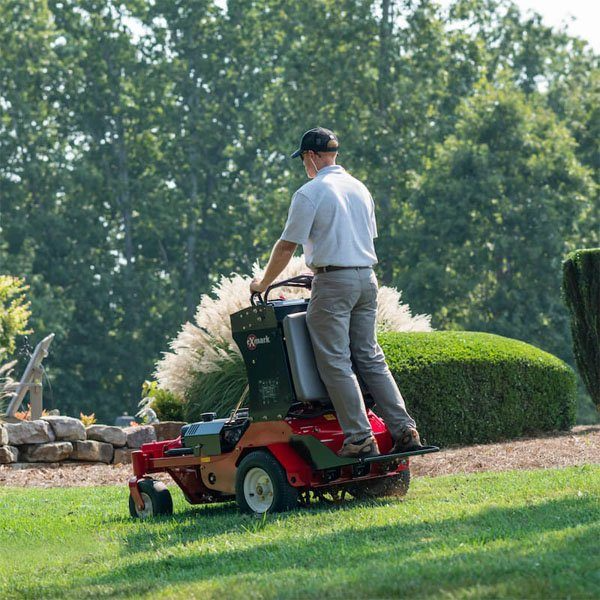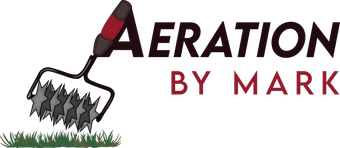Lawn Aeration, Bluffton SC
Aeration By Mark
We offer expert lawn aeration services to commercial, residential, and HOA properties in the Bluffton and Hilton Head area.
Bluffton, SC Lawn Aeration Services
Your lawn is one of the most important aspects of your home's exterior appearance and curbside appeal, which is why it's critical that you provide it with the care, maintenance, and support it requires to look stunning for as long as possible. Aeration by Mark is Bluffton and Hilton Head’s number one choice for lawn aeration services. A healthy, well-groomed lawn is an essential part of any home. Not only does it boost property value and add curb appeal, a healthy lawn also helps conserve water and protect against soil erosion. Aeration by Mark provides quality service that is designed to keep your lawn looking its best year-round.
Our professional technicians use the latest and most advanced equipment to efficiently service your entire property in a single day. High powered machines are used to penetrate deep into the soil and remove cores in order to give the turf room to breathe.
This process lets essential nutrients, water, and air reach your grass’ root zone allowing it to thrive while keeping weeds away, reducing compaction, encouraging stronger roots, improving drainage and runoff, as well as giving your grass extra protection against extreme temperatures.
At Aeration by Mark, we provide our customers with reliable and dependable service at competitive rates to help them achieve the perfect lawn they deserve. With years of experience in grounds maintenance, you can trust our team of experts with all of your needs. Contact us today to get started!
Benefits Of Lawn Aeration
- Improved air exchange between the soil and the atmosphere
- Enhanced water uptake by the soil
- Improved fertilizer update and use
- Reduced water runoff
- STronger turf grass root system
- Reduced soil compaction
- Enhanced heat and drought stress tolerance
- Better color, health, and vitality
- More resistance to thatch, pests, and diseases
- A stronger lawn overall
CALL US NOW:
843-304-0274
Why Choose Aeration By Mark For Your Lawn Aeration Services?
We make it super easy to get started. We will provide a free estimate based on your location and the size of your yard.
Local and Family Owned
Aeration by Mark, a local family owned and operated business dedicated to providing excellent lawn care solutions for homeowners in Bluffton and Hilton Head Island. With over 25 years of combined experience, our team has a passion for producing beautiful, healthy lawns that will last for generations to come.
Aeration can help relieve soil compaction allowing your grass to grow deeper and make better user of water and fertilizer.
Why is Lawn Aeration Necessary?
Compact soil prevents grass from establishing a healthy root system and keeps water and fertilizer from reaching the roots. With most lawns, the fertile topsoil may have been removed or buried during excavation forcing grass to grow in subsoil that is more compact, higher in clay content, and less likely to sustain a healthy lawn.
Everything we do on our lawns whether its walking, playing, or mowing, compacts the soil which in turn stresses the lawn. Raindrops and irrigation further compat the soil reducing large air spaces where roots readily grow. Compaction is greater on heavy soil (which this area has) and it is greatest in the upper 1 to 1 ½ inches of soil.
Relieve That Accumulation
Most home lawns are subject to thatch accumulation. Left unmanaged, it impedes water, fertilize and pesticide effectiveness. Core aeration combines soil with the thatch debris, so soil organisms are better able to break down the thatch and reduce the accumulation. Thatch build up is the number one reason centipede grass dies out in the spring. The roofs of the plants are up top in the that and a cold winter kills the roots. When the soil is aerified and the plugs are broken down, it helps breakdown the thatch.
How Often Should Lawns Be Aerated?
Most home lawns benefit from annual aeration. Heavily used lawns or those growing on heavy clay do need to be done at least once a year. If you have Zion Zoysia, the best results are when the lawn is aerified twice a year to prevent leaf spot. Leaf spot is a disease that occurs when the grass grows so thick that the moisture in the thatch never dries in the hot humid months.
When is The Best Time to Aerate?
Warm season turf grasses such as Zoysia, Bermuda, St. Augustine and Centipede should be aerated in the spring to summer months. Avoid aerating when the warm season grass is going dormant. The best time is when the soil temperatures are above 65 degrees. This is usually in April to mid-September. Aeration during fall or winter could cause winter damage to the root system.
What Can You Expect?
Immediately after aeration, your lawn will be dotted with small plugs pulled from the soil. Within a week or two these plugs will break apart or mowers will chop them up, making them disappear. This process will also start to help break down the thatch.
About 7 to 10 days after aeration, the holes will be filled with white actively growing roots. This is a sign the turf grass is receiving additional oxygen, moisture, and fertizlier to the soil. On compated soils, you should see a difference in water puddling and runoff after irrigation or rainfall. However, this is not a solution to rainage problems, but could help some.
Remember most lawns benefit from annual aeration and while you should never expect miracles; especially with poor soil or Ph problems, lawns that receive this care will be healthier, more vigorous and have fewer problems.
